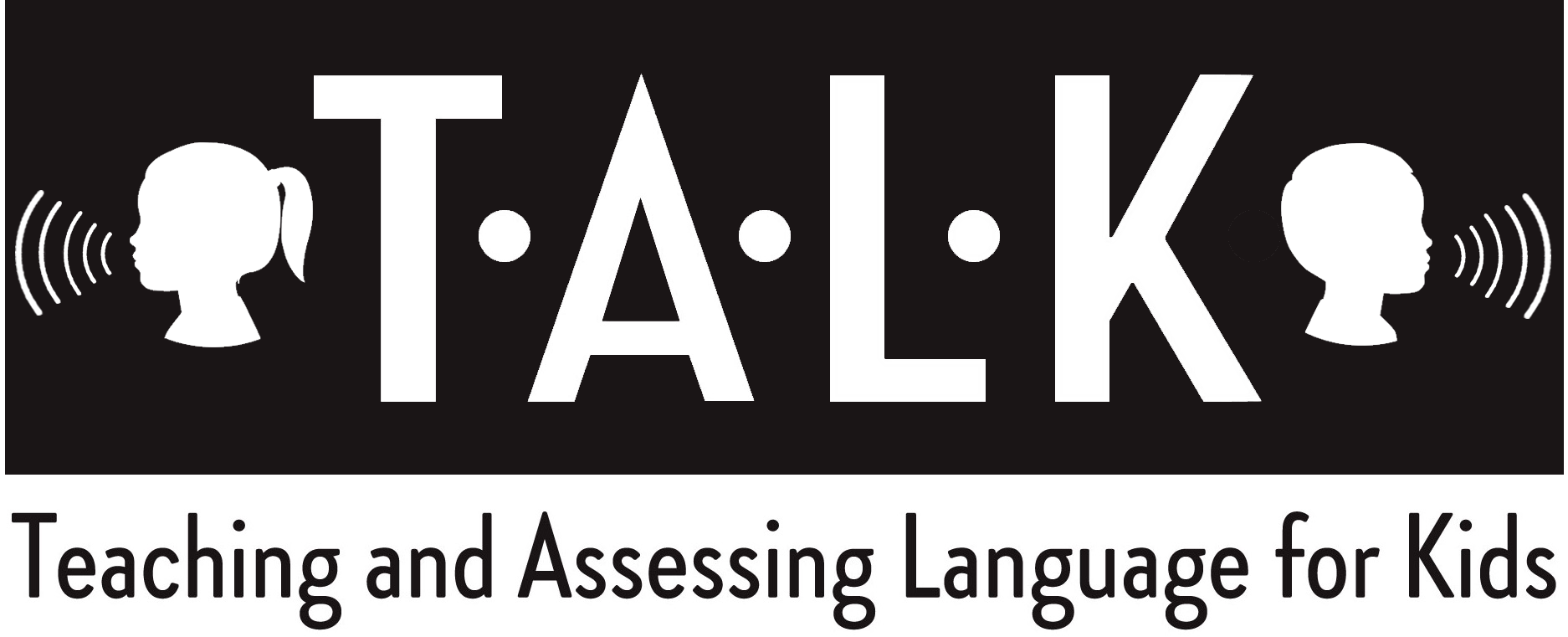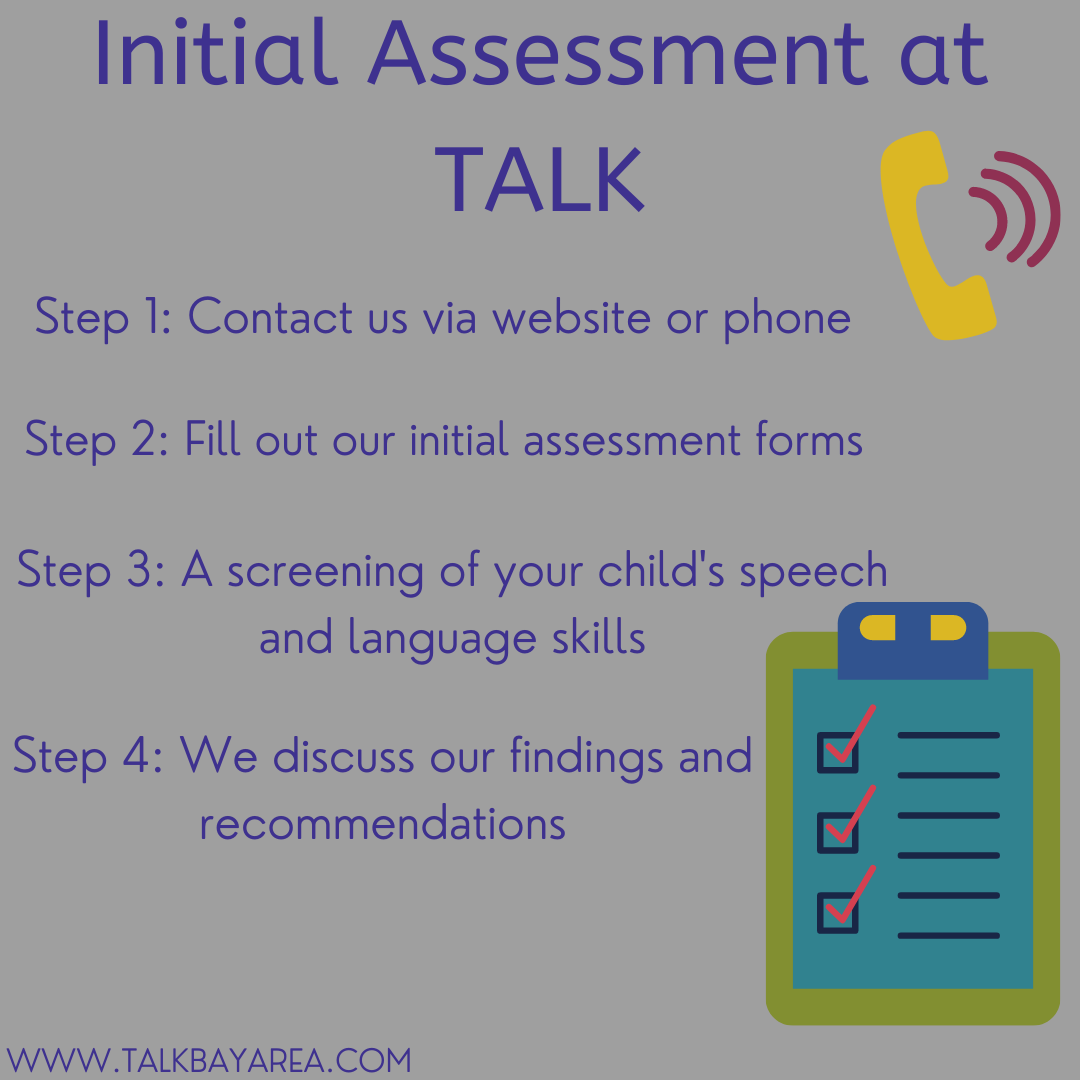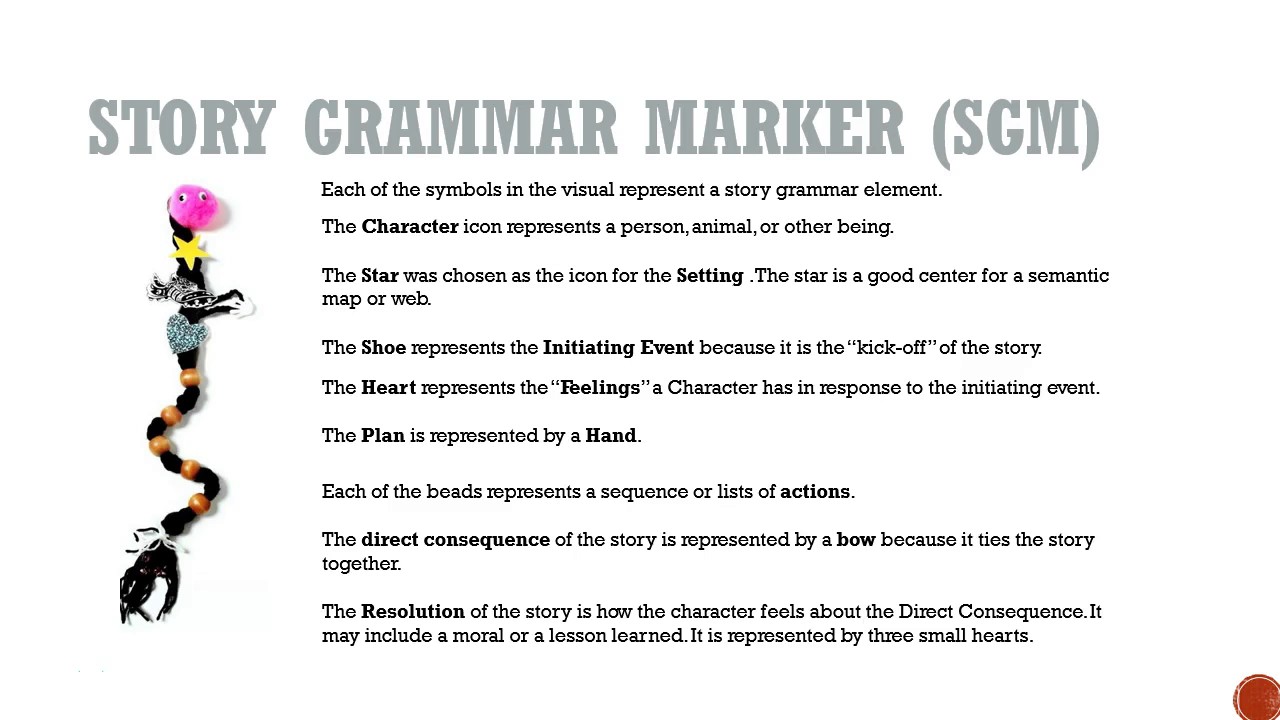One common New Year tradition is to create a list of goals and resolutions. Here at TALK, we have a list of 2021 goals that we hope will help you and your child achieve their speech and language targets for this year! One of TALK’s objectives for this year is to provide clients and their families with easy access to information, resources, and research. In order to make these resources more accessible, we have decided to create a “TALK’s Resource of the Month”. These resources can vary from parent education guides, activities that you can do with your child to work on their goals, parent support groups, and tangible resources that you can check out from our resource library here at TALK. Each month we will post our “resource of the month” on our social media pages that will highlight a material that we find to be very helpful. We are also encouraging our families to reach out and ask for resources that will benefit you!
Our first resource of the month is a list of recommendations to help create a family meal routine. These recommendations can be used for children of all ages, but are especially useful for those who have a hard time exploring a variety of foods. The list is to be used during your usual family meals (not during therapy meal times). Our recommendations are as follows:
· Give a verbal prompt to prepare the child for mealtime
· Begin with a sensory warm up, if recommended by your therapist
· Have a transition activity to prepare for going to the table. Examples of this can include washing hands at the sink, setting the table, or helping to prepare foods
· Once seated at the table, offer three to four foods all at the same time to every family member. We also want to make sure that we are incorporating at least one preferred food into the family meal!
· It is also recommended that we have at least one starch, one protein, one fruit or vegetable, and one beverage during each meal
· If recommended by your therapist, you may want to match the foods in color or shape and/or use the “steps to eating”. If you are interested in learning more about the “steps to eating” please reach out to one of the therapists at TALK, and we will be happy to provide more information.
· During the meal, we encourage parents to focus on being social models. The child should not be the focus of the meal, but provide verbal praise if the child explores any foods independently.
· After the meal, ask the child to participate in a clean-up routine. This should stay consistent every meal. A clean up routine can include scraping food into the trash, putting dishes in the sink, wiping the table, or washing and drying hands
Starting a new year is exciting, and we are even more excited to help our families have access to a variety of resources at the click of a button.
*32 Steps to Eating is a concept that is a part of the Sequential-Oral-Sensory (SOS) Approach to Feeding created by Dr. Kay Toomey (https://sosapproachtofeeding.com/), which helps assess and address problematic feeding behaviors in a variety of settings and populations.










































